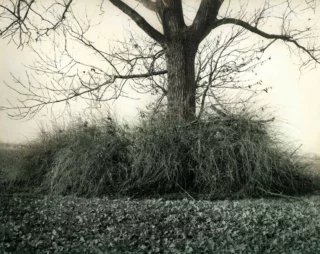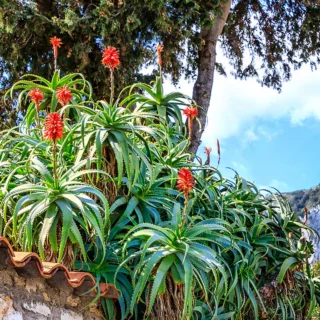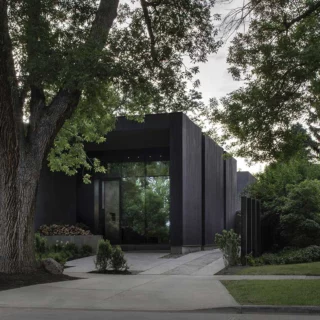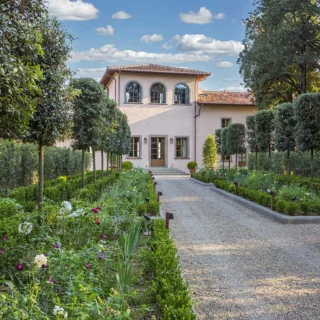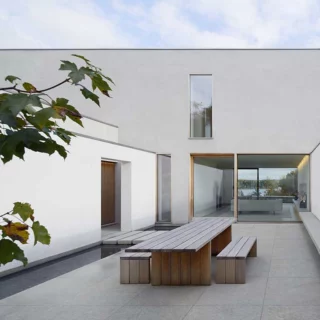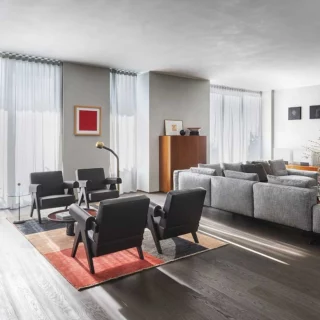Ingar Krauss è uno dei fotografi contemporanei più amati, ma allo stesso tempo misteriosi ed enigmatici. L’artista nasce a Berlino Est nel 1965 da una famiglia umile. Gli viene impedito di studiare arte e, dopo la leva militare, è obbligato a lavorare come inserviente per anni in un ospedale psichiatrico. Autodidatta, comincia a fotografare per sopravvivere al proprio mondo interiore e alla difficoltà, che conserva ancora oggi, di esprimersi con le parole. Dopo la caduta del Muro, comincia così a viaggiare ad est per documentare nei volti dei giovani la transizione sociale tra inquietudini e sogni di un futuro migliore. Con questi ritratti vince nel 2004, quasi all’improvviso, il Leica Prize (sezione Reportage). Estraneo alla mondanità del mondo dell’arte, rifugge tale clamore e si ritira a vivere con la famiglia a Zechin, un un piccolo paese di campagna al confine tra Germania e Polonia.
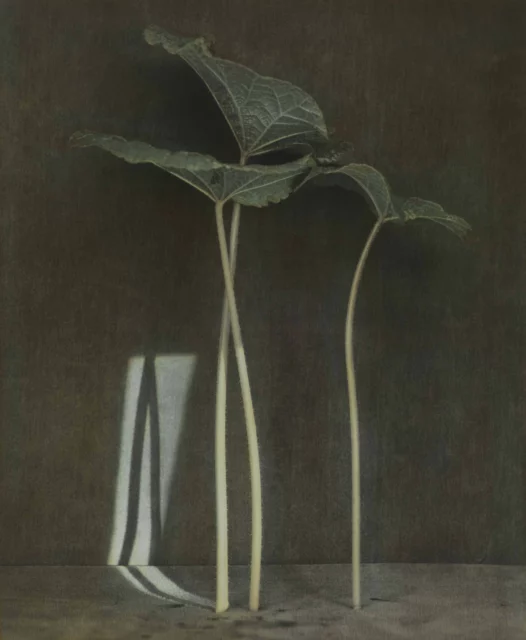
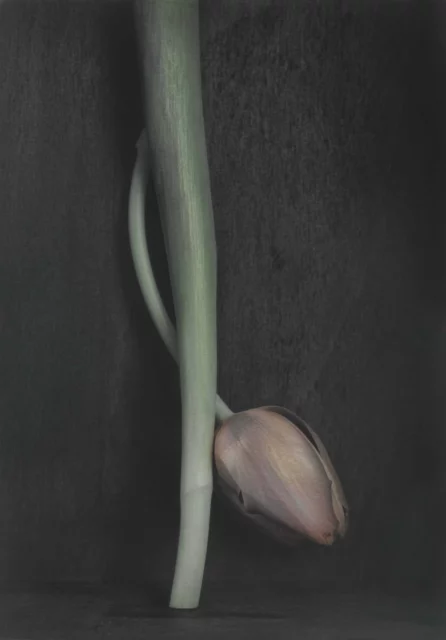
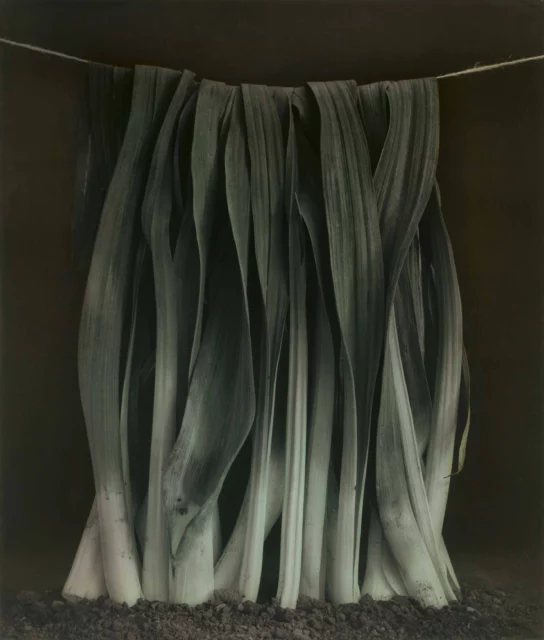
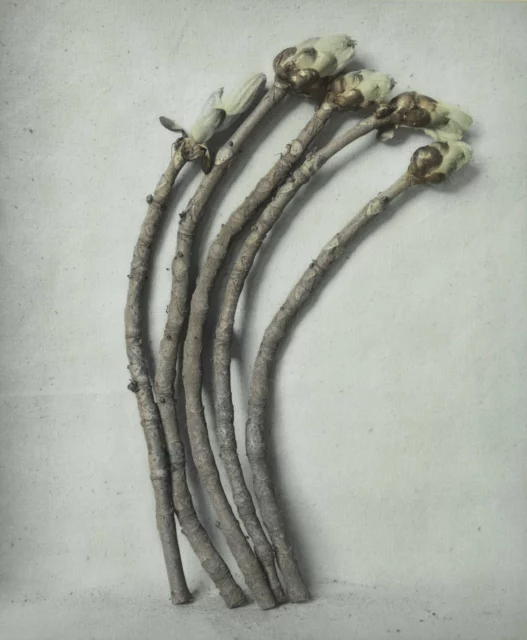
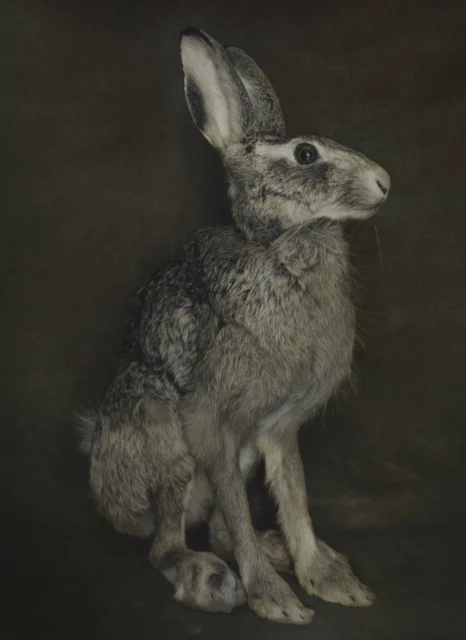
Lontano da tutto e da tutti, accompagnato solo dalla moglie e dalle figlie, si isola in una sorta di esilio bucolico. In questa ricercata solitudine Krauss trova conforto e dà vita a un nuovo ciclo di opere – “nature morte” – a cui si dedica quasi compulsivamente da allora. Krauss ritrova l’essenza dell’esistenza umana nelle cose minime della vita di tutti i giorni. Un campo di mais, un porro, un rovo o un fiore diventano così immagini scultoree e tridimensionali, sempre racchiuse e conservate dall’artista in teche di legno scuro che lui stesso costruisce. Nelle nature morte il bianco e nero dei ritratti lascia spazio a una tavolozza di colori tenui e quasi uggiosi. Krauss arriva a tale risultato reinterpretando la tecnica della velatura introdotta dalla pittura fiamminga del XV secolo e caratterizzata da sovrapposizioni successive di strati di olio. La lenta essiccazione dei colori consente di introdurre nella fotografia un’inedita profondità, ipnotiche trasparenze e una morbidissima matericità. Ogni immagine è perciò stampata in modo analogico in bianco-nero per poi essere completata con la velatura a olio. Perfezionista e attento al dettaglio in modo quasi maniacale, Krauss sottopone spesso i suoi scatti a più di dieci velature successive: la carta fotografica, così imbevuta, si ammorbidisce e increspa all’interno delle teche, che ne enfatizzano la finale tridimensionalità.
Il risultato è un insieme di opere che richiamo le icone e gli ex voto.
Il “nuovo” mondo di Krauss è pervaso da una laica sacralità, un melanconico e meditativo ritorno alle origini, a un rapporto più autentico con la vita e la natura, al di là di noi, al di là del tempo.
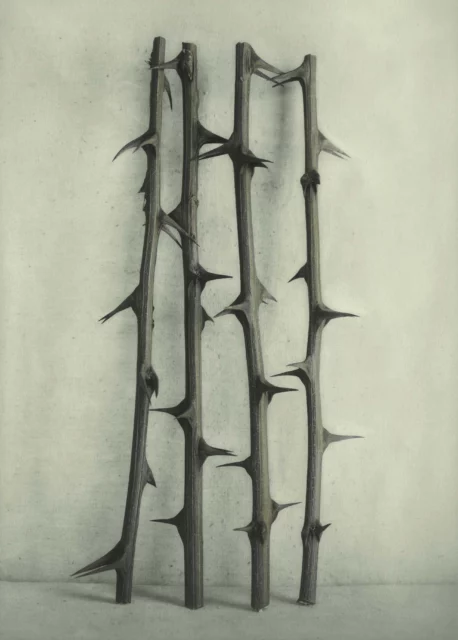
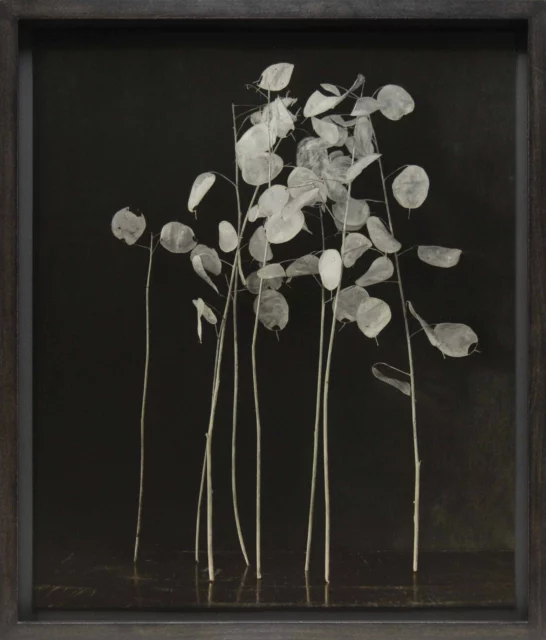
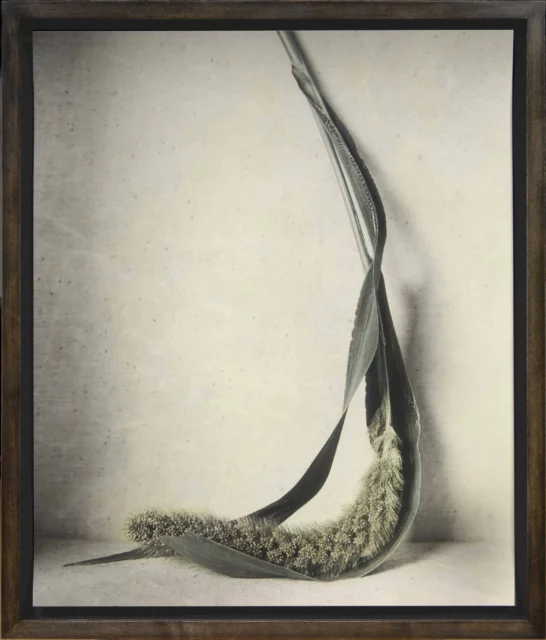
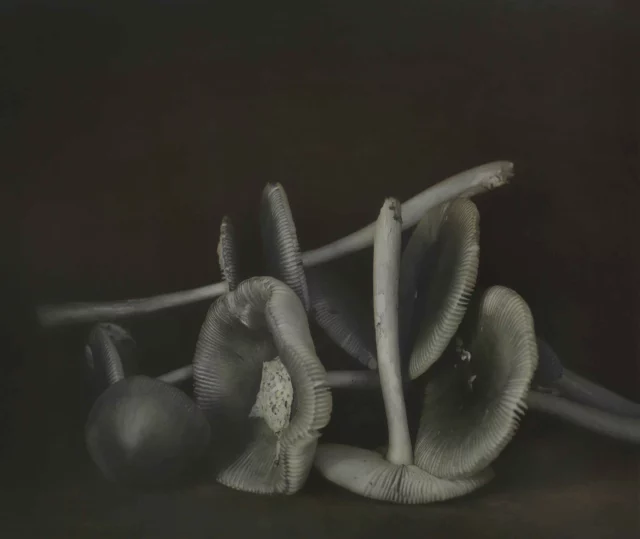
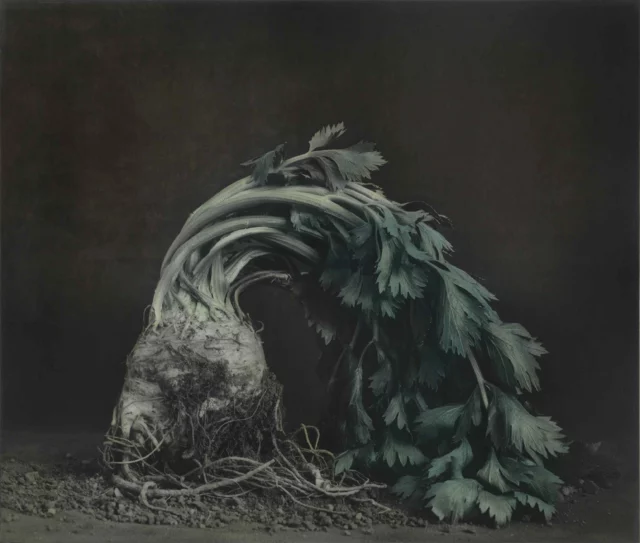
INGAR KRAUSS.
THE POETRY OF NATURE.
Ingar Krauss is one of the most beloved contemporary photographers, but at the same time one of the most enigmatic and mysterious. The artist was born in East Berlin in 1965 to a humble family. He was forbidden to study art and, after doing his military service, he was forced to work as a janitor in a psychiatric hospital. He started taking pictures as an autodidact to survive his own inner world and his difficulty to express himself through words, something that happens even now. After the fall of the Wall, he started travelling east and taking pictures of young people to capture the social transition trough their concerns and dreams for a better future. In 2004, these portraits suddenly won the Leica Award (Reportage section). Completely unused to the art world, he avoided the hype by living with his family in Zechin, a small country town near the border between Germany and Poland.
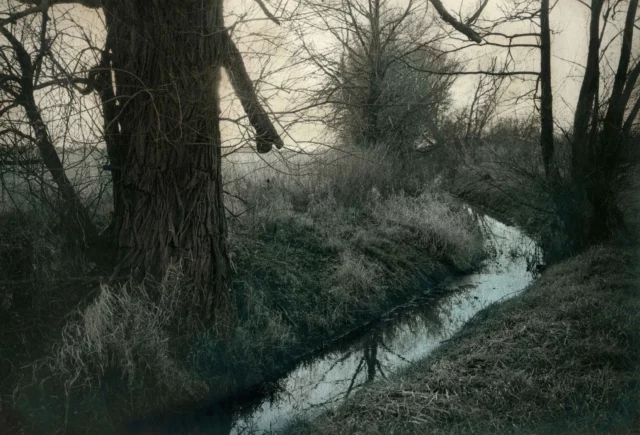
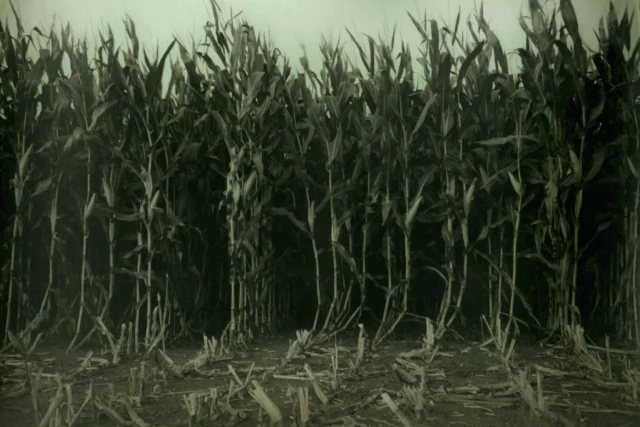
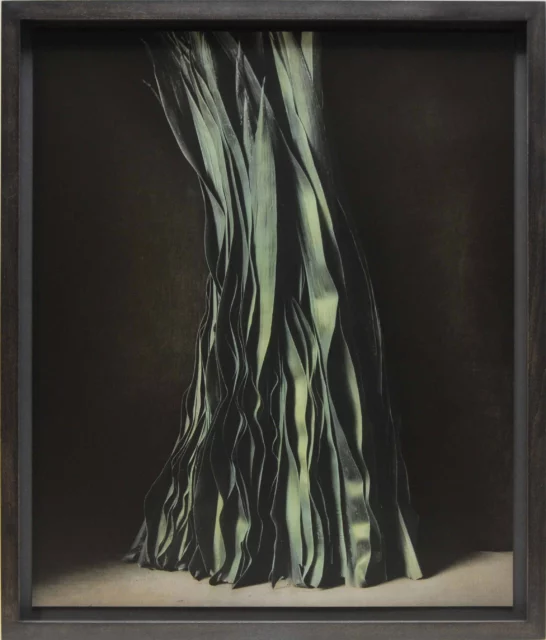
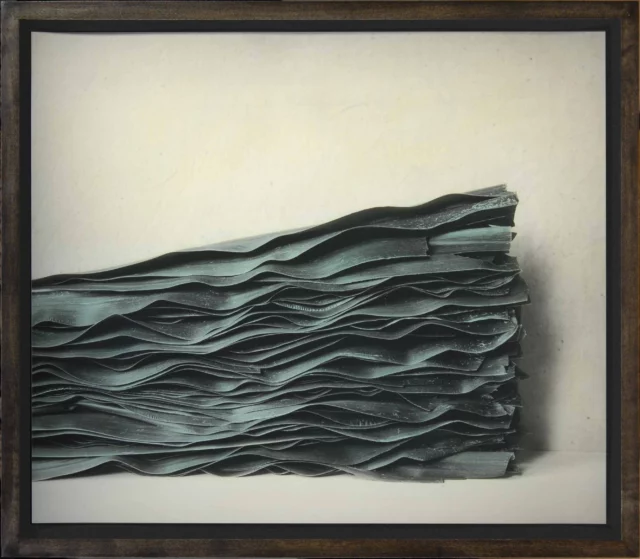
Away from everyone and everything, surrounded only by his wife and daughters, he isolated himself in a sort of bucolic exile. Krauss managed to find comfort in this solitude and started creating a new series of works – “still lifes”- to which he still compulsively devotes himself today. Krauss finds the essence of human life in the smallest things of our daily life. A cornfield, a leek, a bramble, or a flower become three-dimensional and sculptural images kept in dark wooden cases built by the artist himself. In these still life pictures, black and white leave room for a palette of soft and quite gloomy colors. Krauss came to this result by reinterpreting the glazing technique, firstly introduced by Flemish painters during the XV century and characterized by several layers of oil. The slow drying of colors allows the artist to add more depth, hypnotic transparencies, and a very soft consistency. Therefore, every image is analogically printed in black and white, before
being completed with an oil glazing. Because of his perfectionism and attention to details, Krauss often subjects his pictures to an additional glazing. Thus, the artist softens and ripples the soaked photographic paper in the cases, which emphasize the final three-dimensionality.
The result is a collection of works that recall icons and ex votos.
Krauss’ “new” world is filled with a secular sacredness, a melancholic and meditative return to the origin, a more genuine relationship with life and nature, beyond us, beyond time.
© Translated by Elisa Ottolini




